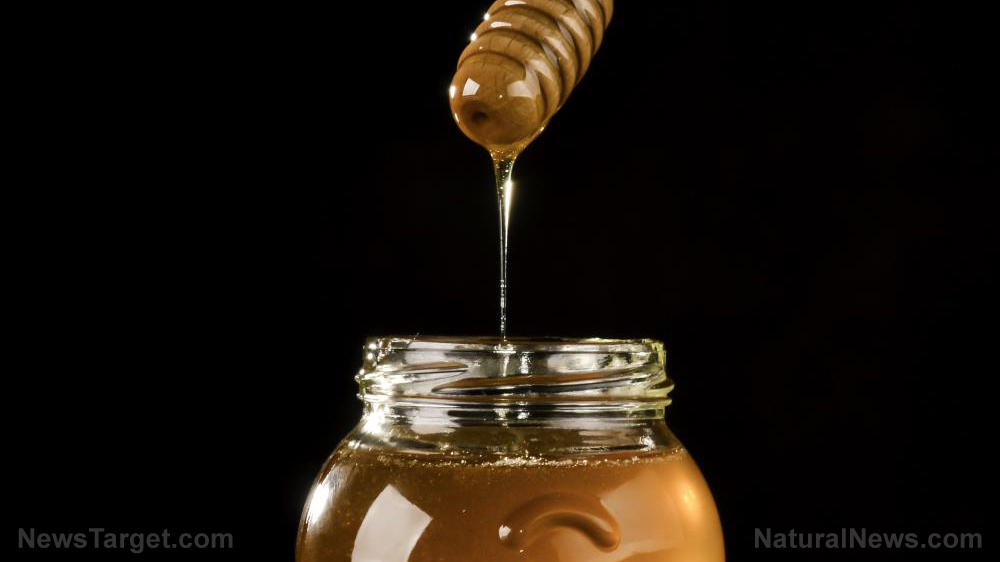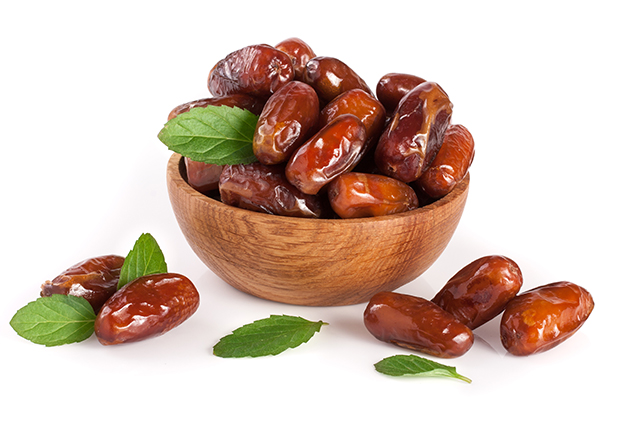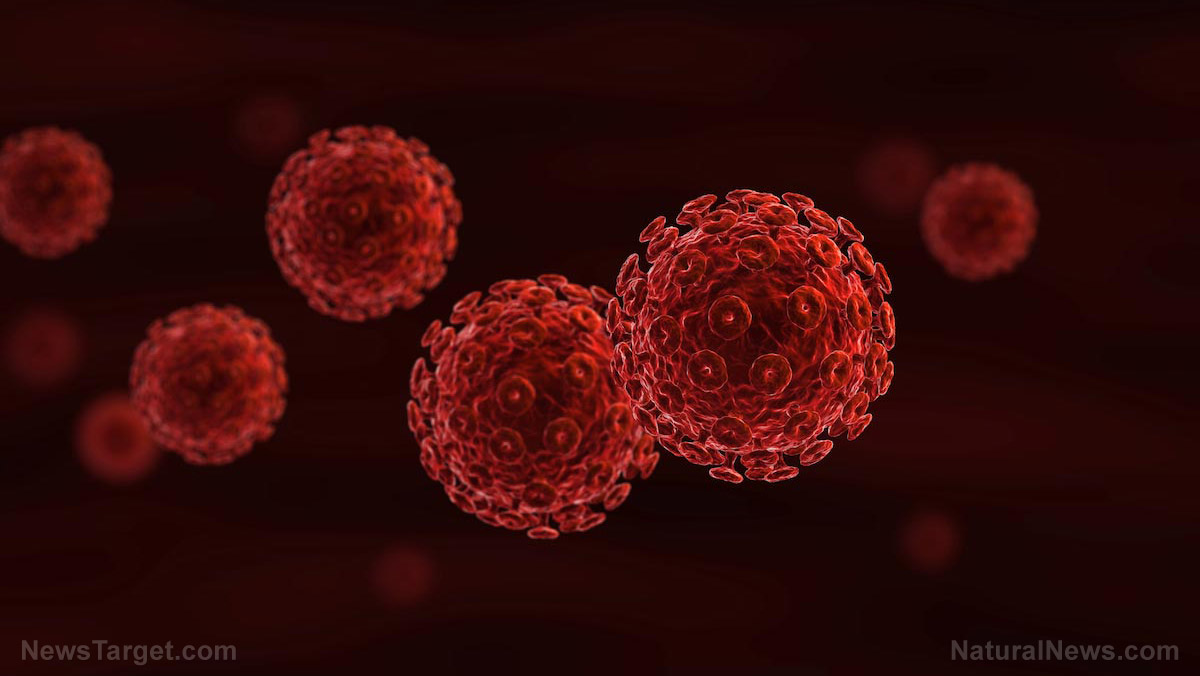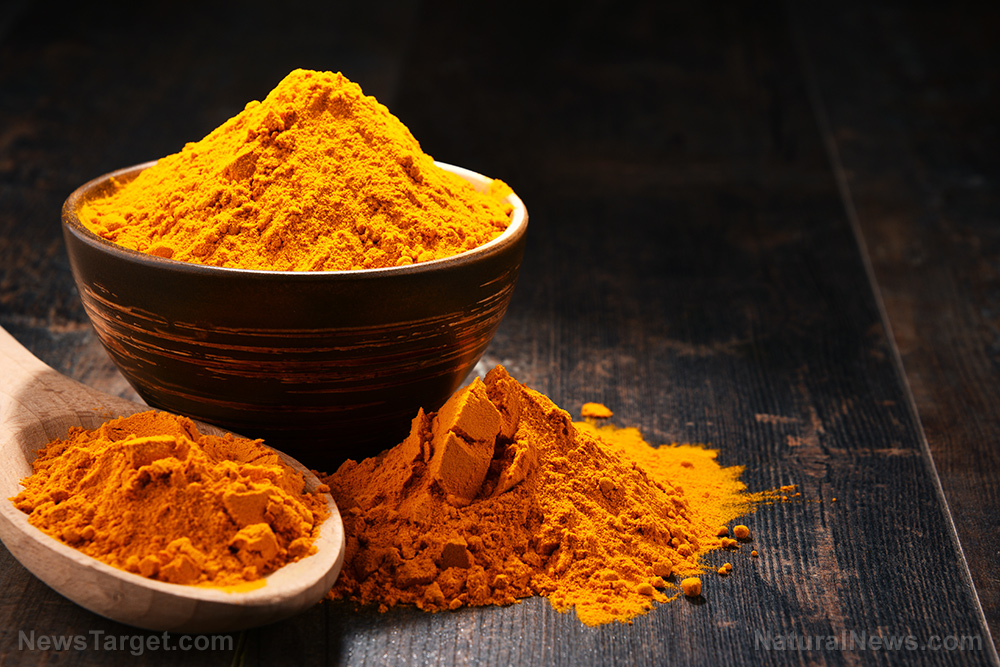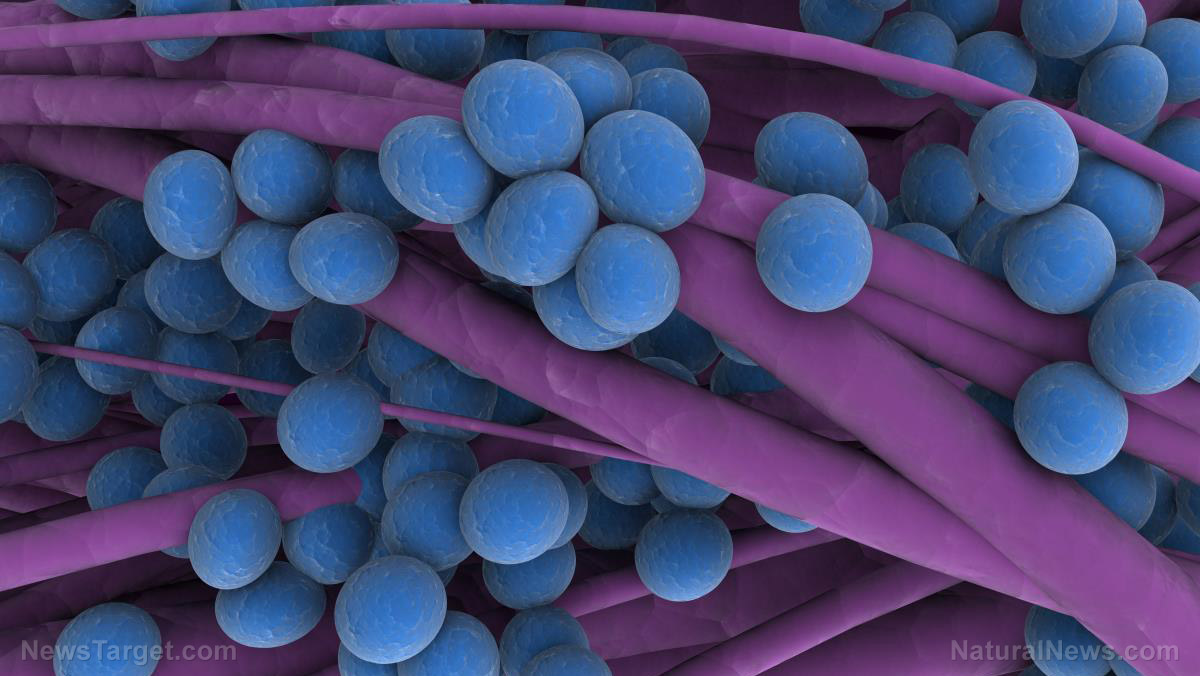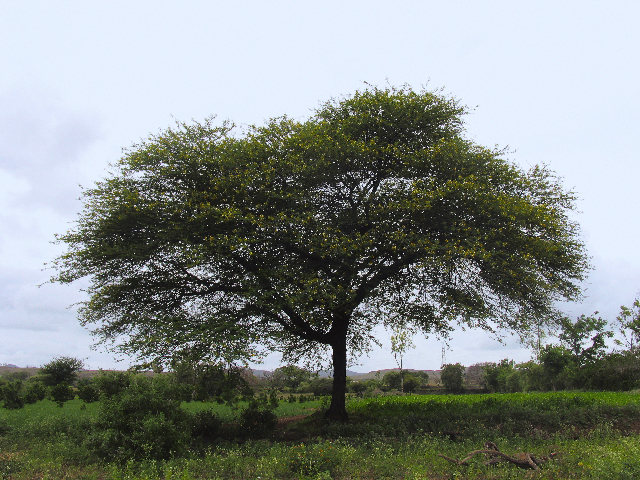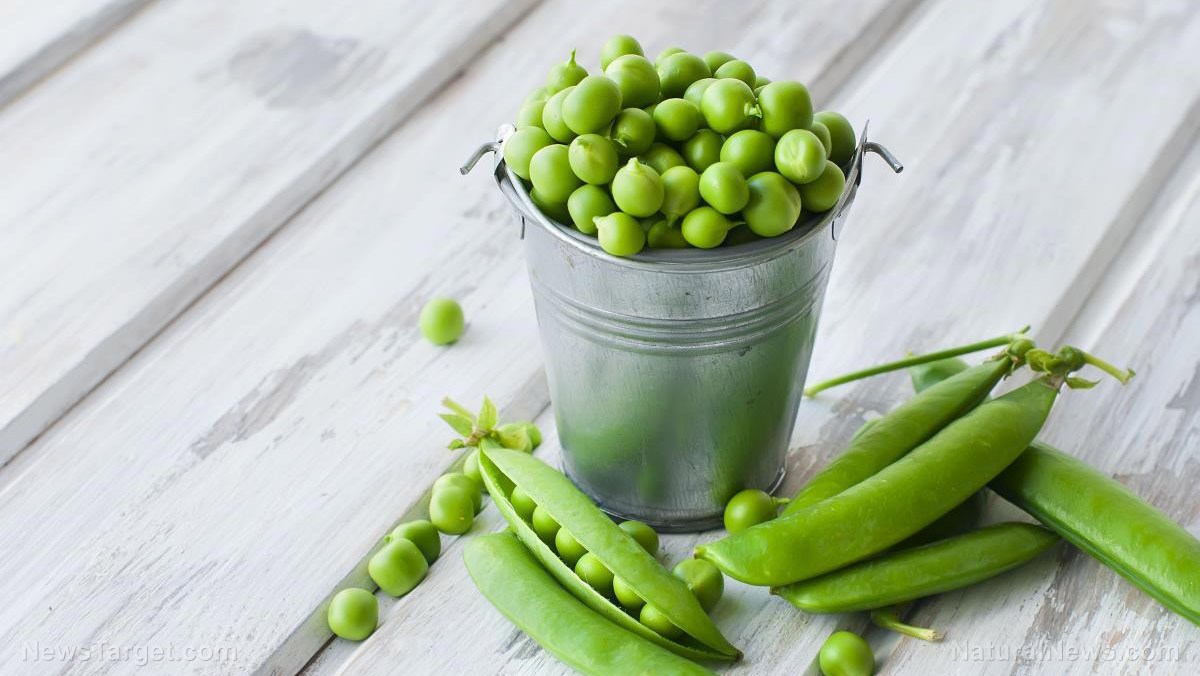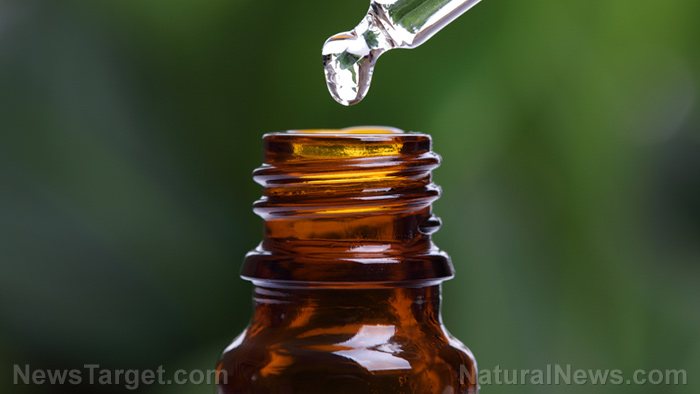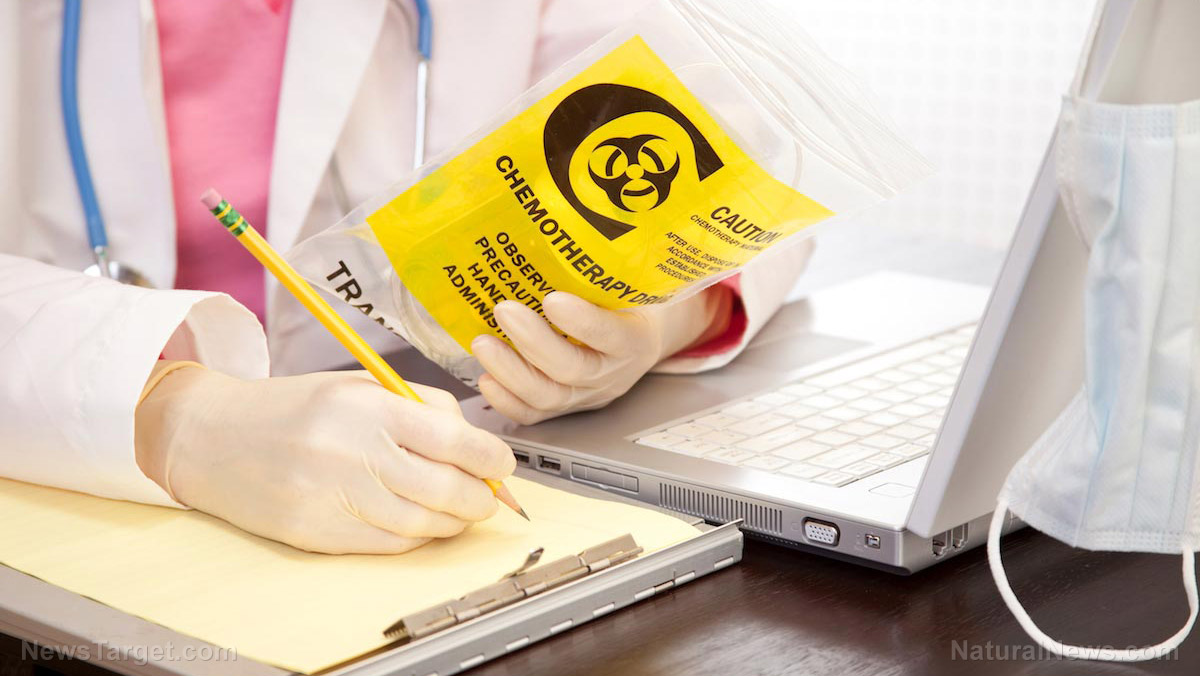More superbugs on the way: Antibiotic use in animals for human consumption expected to double
10/09/2017 / By Russel Davis
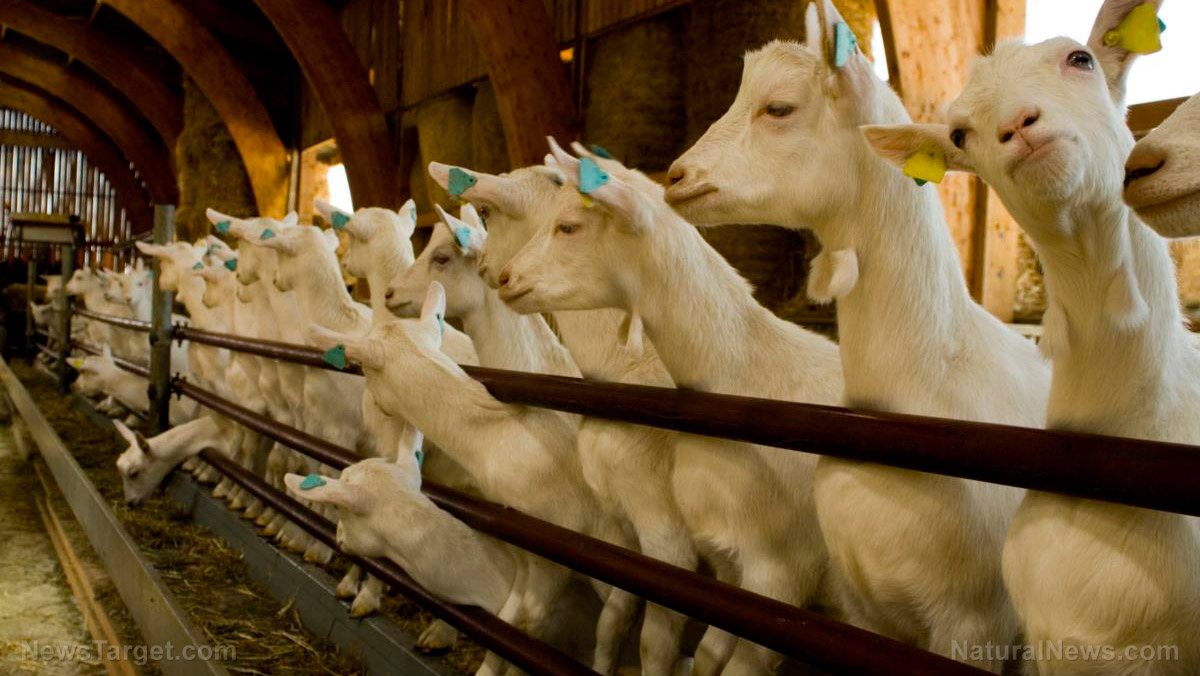
A recent study published in Science revealed that antimicrobial use in animals raised for human consumption is projected to increase by 52 percent and reach 200,000 tonnes by 2030. Health experts have also cautioned that higher antimicrobial-use may signal the development of new strains of antibiotic-resistant infections, unless regulations are put in place to stem the practice.
A team of researchers at the ETH Zürich, the University of Cambridge, and the Princeton University pooled publicly available data from 37 countries to carry out the study. According to the research team, large quantities of antimicrobials are now being used in modern animal farming to prevent diseases and promote growth. (Related: 70 Percent of antibiotics used on animals slaughtered for food.)
“Globally, animals receive almost three times as many antibiotics than people, although much of this use is not medically necessary, and many new strains of antibiotic-resistant infections are now common in people after originating in our livestock. As global demand for meat grows and agriculture continues to transition from extensive farming and smallholdings to more intensive practices, the use of antimicrobials in food production will increasingly threaten the efficacy of these life-saving drugs,” study co-author Emma Glennon has stated in Science Daily online.
However, the scientists have suggested that imposing global policies based on user fees and implementing stricter regulations may help mitigate these alarming projections. The health experts have noted that putting a cap on antimicrobial use in farm animals could significantly reduce the total global consumption without hurting the livestock trade among low- and middle-income countries.
“Under a user fee policy, the billions of dollars raised in revenues could be invested in the development of new antimicrobial compounds, or put towards improving farm hygiene around the world to reduce the need for antibiotics, in particular in low- and middle-income countries,” first author Dr. Thomas Van Boeckel added.
Researchers suggest ways to curb global antimicrobial consumption
The health experts gave three recommendations in stemming antimicrobial use and potentially preventing its upsurge in the coming years. These recommendations include:
- Putting a cap on antimicrobial use – According to the research team, a global policy imposing an annual limit of 50 mg of antimicrobials per population correction unit may lead to a 64 percent decline in the total antimicrobial consumption. The scientists have also projected a 60 percent decrease in global antimicrobial use in 2030 if China and countries of the Organization for Economic Cooperation and Development (OECD) are to follow these regulations. The practice has so far shown significant impacts in some high-income countries at moderate costs, the research team has stated.
- Reducing meat consumption – The scientists have also recommended limiting the global meat consumption to 40 grams per day, which equates to a ratio of about one standard fast-food burger per person. According to the research team, this may help curb the global intake of antimicrobials in food animals by 66 percent. The scientists have also suggested a global cap of 165 grams of meat per day, which is expected to reduce the total antimicrobial consumption by 22 percent in 2030.
- Imposing user fees – The scientists have touted that imposing a user fee of about 50 percent of the current veterinary antimicrobial prices may help stem global intake by 31 percent. The health experts have also discussed that doing so may generate annual revenues between $ 1.7 and $4.6 billion.
“The use of antimicrobials in food animals could be reduced by 2030 between nine and 80 percent with effective policies compared with a business-as-usual target (BAU) of continued growth of the livestock sector with current levels of antimicrobial use…This could be achieved either by reducing the quantity of antimicrobial used per animal…or the number of animals that we raise for food,” the researchers have added.
Sources include:
Tagged Under: Antibiotics, Antimicrobial, farm animals, farming, food, food supply, livestock, meat products, superbugs

